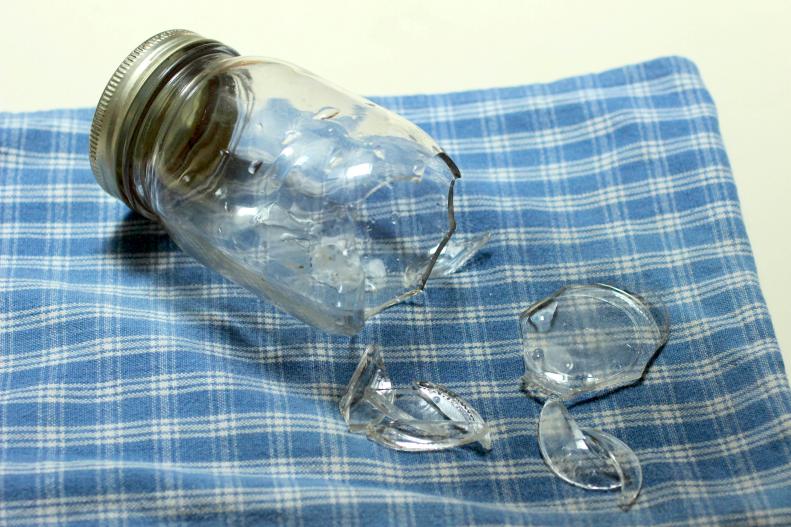1 / 14
Photo: Photo by Mick Telkamp
Canning Fails
Canning produce is a relatively simple way to preserve a homegrown harvest. Fresh fruits and vegetables can be pickled, processed into jams or jellies, packed in syrup or otherwise prepared to be sealed and stored at room temperature for use when the harvest is not so bountiful. Unfortunately, some of the rules of canning were never meant to be broken. Before putting up this year’s harvest, take a look at these common canning mistakes to avoid turning the “can” into a “can’t” in home canning.









